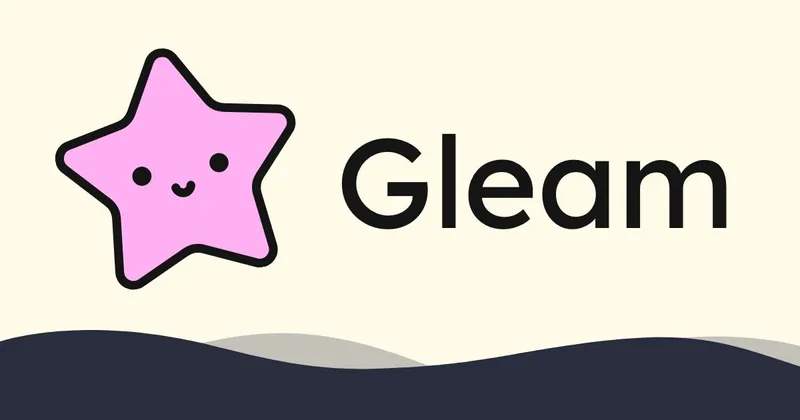Published 2024-10-04 by Daniel Bark
How to actually start coding
Jumping into the world of coding can a joyous adventure of discovery, and maybe just a bit frustrating. And maybe a bit of feeling like giving up. It’s completely normal.
Picking Your First Language
Choosing the right language seems very important in the beginning. It’s important to pick one that will make you continue to learn, but it’s not that crucial in relation to your long term learning plan. Any experience is good experience.
| Language | Why you will like it |
|---|---|
| Python | Clear and friendly syntax. Python is versatile and can be used for almost anything (See Javascript). |
| JS | A must-have for aspiring webdevs. JavaScript gives websites their interactivity but can also be used on the backend. |
| Scratch | Perfect for younger beginners. In Scratch you do programming with its drag-and-drop building blocks. |
Creating Your Learning Playground
After picking a language, setting up your tools is next.
1. Get Installed
- Code Editor: Grab a code editor like Visual Studio Code and install the syntax highlighting for your chosen language. For Scratch you use the Scratch application.
- Install a runtime: If not using scratch, you need to install a runtime for your language. The most popular runtime for Javascript is called Node.js. Python can be downloaded from python.org.
2. A way of backing up code with an undo feature
Creating backups of your local code is called “Version Control”. Its recommended to back up the code whenever you have some progress. Git is the tool and GitHub will become your cloud storage for saving versions of your code. If you mess up your code completely you can always reset your code to a previously “committed” state. Version Control is a must have for working in teams which is why you will have to learn it eventually.
3. Understanding Basic Concepts
When I first tried coding, it was a lot to take in. But it these basics will feel trivial later on I promise. Get these basics down and you’ll have solid ground for whatever coding language you dive into next:
- Variables: These are like little containers that hold your data.
- Data Types: Numbers, strings, booleans, structs/objects and lists/arrays.
- Control Structures: Includes loops like
forandwhile, and theif-elsestatements. - Functions: Handy named blocks of reusable code.
4. Get Hands Dirty with Projects
Building simple projects not only sharpens your skills but also gives future employers something to look at on your Github profile. These little projects not only sharpen your skills but also give you practical experience.
- To-do List App
- Calculator
- Personal Blog - A big plus for employability
- Weather App - Serve up some weather news using APIs.
- More coding project ideas (Github)
Checking Out The Desirable Coding Areas
So, you’ve nailed the basics and built some simple projects. Now what? Time to explore some specialized coding areas that will actually get you a job.
-
Artificial Intelligence (AI): AI is very hyped right now. Think projects in natural language processing and machine learning.
-
Web Development: Almost every company has the need for Web developers. Its the interface towards the world.
-
Data Analysis/Visualization: Turning data into knowledge and insights is an extremely valuable skill.
Closing words
By leveling up in niche areas, sharpening your skills, and building a standout portfolio, you’re paving your way to coding greatness. Keep exploring, keep coding, and stay curious.
Best of luck out there!
Written by Daniel Bark
← Back to blog




